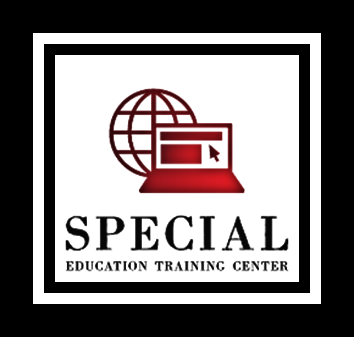Deaf-Blindness History in the
United States: 13 Categories of IDEA Eligibility
The eLearning course, “Deaf-Blindness History in the
United States: 13 Categories of IDEA Eligibility, “will
focus on the 13 eligibilities for special education services, the Individuals
with Disabilities Education Act (IDEA)and the history of deaf-blindness in the United States.
The development of deaf education in the United States traces back to the early
1800s with the founding of the Cobbs School in Virginia, an oral institution
established by William Bolling and John Braidwood, alongside the Connecticut
Asylum for the Deaf and Dumb, a manual school created by Thomas Hopkins
Gallaudet and Laurent Clerc. Following the closure of the Cobbs School in 1816,
the manual approach, which incorporated American Sign Language, became the
dominant method in deaf education for much of the century. However, in the late
1800s, a shift occurred as schools began to adopt the oral method, which
emphasized speech and prohibited the use of sign language, often resulting in
punishment for students who were caught signing. This oral approach persisted
for several years until the gradual reintroduction of sign language instruction
into deaf education.
LEARNING OUTCOMES
Discuss the Individuals with Disabilities Educational Act (IDEA)
Identify the 13 categories of IDEA eligibility
Describe the purpose of Part B of IDEA
Evaluate Part C of IDEA
Outline the history of deaf-blindness in the United States
Overview of the Cobbs School in Virginia
-
68 learners
Enrolled -
4 hours
Video duration -
27 hours
Course duration -
4 Ebooks
Free of charge

